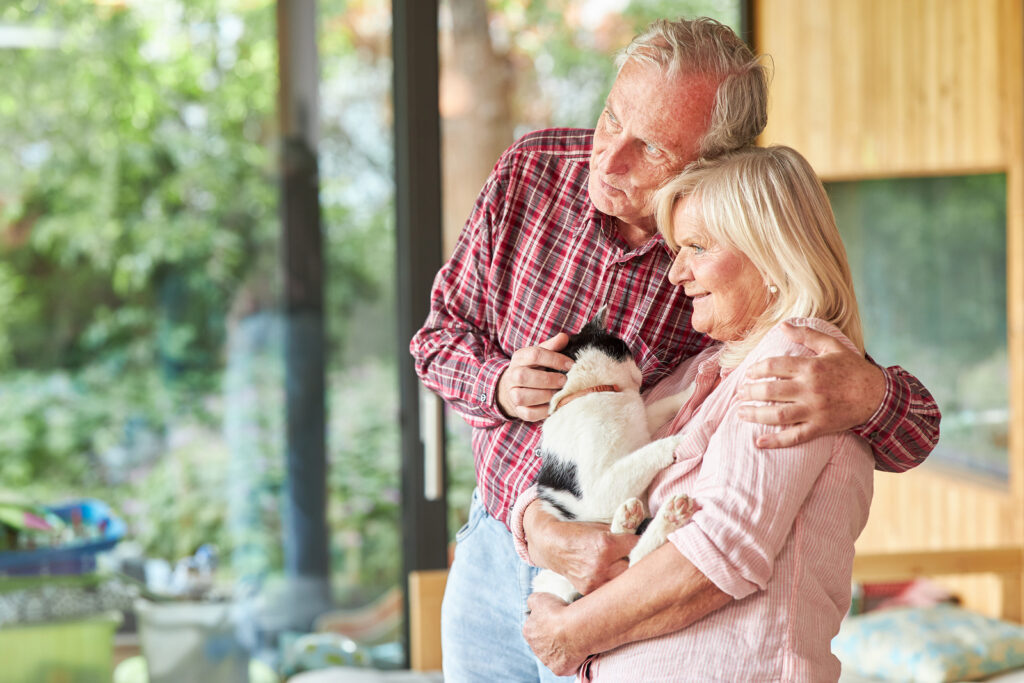
As we get older and remain in our homes, there may be certain aspects of our residences that require attention so that we can continue to enjoy our homes and accommodate any changing needs.
Homes are inanimate
As much as some of us might want to think of our homes as being somewhat human or we desire to assign human or functional characteristics and qualities to them, they are inanimate. Might they know when we are neglecting their maintenance or showing our love for them? Who’s to say? However, we know that they don’t require the same level of adjustment and adaptation for their own sake that their occupants do.
While our residences will benefit from changes that we make to them, these improvements are done because we want them and not because our homes have requested anything – they can’t.
We want to treat our homes well because they likely will reciprocate but in an inanimate way.
To be sure, our homes are aging
Let’s be clear. Our homes age over time like everything else – our furniture, clothing, cars, and us. The trees in our yard get older. Everything ages.
So, while our homes and everything in and around them (landscaping, accessory buildings, decks, patios, pools, driveways, walks, pathways, and furnishings) get older by the day, we don’t think of meeting their needs specifically. When we do make improvements, repairs, or generally upgrade them, it’s done for our benefit rather than specifically for the needs and requirements of our homes.
We are not asking our homes what they need and then addressing those desires or inadequacies. Rather, we are looking at what we need for our homes and addressing those specific issues – even if they are just safety improvements. The end result may look the same as if we had made the improvements for the sake of our homes, but they didn’t request it or consent to it.
Putting the emphasis where it belongs
Let’s remember that aging in place is personal. It focuses on the individual. Each of us has our own specific needs. We age in different ways and respond to changes in our physical, sensory, and cognitive abilities in various ways as well.
As we get older, we need to examine our homes and ask what will it take to make them easier to navigate, safer to be in and use, and more enjoyable to occupy. In other words, how do we help our living environments keep pace with our needs?
We need to examine our living spaces to see what we can do to make them safer and easier to use as our abilities might be changing. What may have been easy to use or comfortable at one time in the past may no longer be the case.
Our homes, in themselves, don’t need or require any accommodation for aging other than general maintenance. However, we likely need to implement changes in and to our homes – from a little to more substantive – over time.to remain connected to our homes and feel that they are serving us well.
